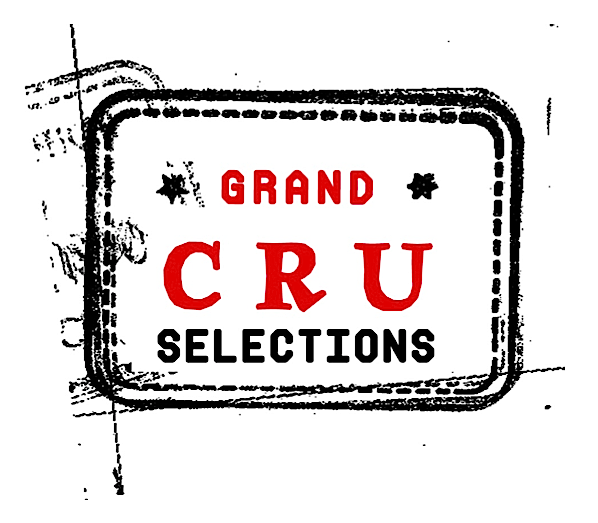Champagne J-M Seleque
Champagne J-M Sélèque
Pierry, Coteaux Sud d’Épernay, Champagne, France
Jean-Marc & Oriane Sèlèque
After returning to his family domaine in 2008, Jean-Marc Sélèque, a third generation grower, alongside his wife Oriane, are making a strong case for the incredible terroirs of the Marne Valley. Today, he owns about 9 hectares in 45 parcels spread out over 7 villages mainly on the southern slopes of Épernay.
The cornerstone of the “Sélèque” style revolves around the search for a wine’s natural balance and a pure expression of terroir. Rigorous work in the vineyard, healthy and perfectly ripe fruit, no vinification trickery, the smallest possible amount of sulfur, extended lees aging sur latte and extremely limited use of dosage - these are just some of the elements that result in wines that are vibrant and alive.
-
In 1925, Henri, Jean-Marc's grandfather, arrived from his native Poland and settled in Boursault in the Marne valley on the southern slopes of Epernay. He planted vines in the 1960s in Moussy and Pierry, marketing his first bottles in 1969. His son, Richard, an oenologist by training, modernized winemaking and streamlined the domaine.
Then in 2008, his son, Jean-Marc returned to the domaine, fresh off some New World experiences in Napa Valley and Australia, equipped with his own ideas of how to move his family’s domaine forward. Since his arrival, Jean-Marc has converted most of his vineyards to bio-dynamic farming and began aging his wines in Burgundy barrel.
Today he and his wife, Oriane, own about 9 hectares in 45 parcels spread out over 7 villages, mainly on the southern slopes of Épernay, in the Marne valley in Pierry, Moussy, Épernay, Mardeuil, Dizy and Boursault, and in Vertus in the Côte des Blancs. Planted to about 60% Chardonnay with a sizable amount of Pinot Meunier and Pinot Noir as well.
-
The village of Pierry is located between the Cote de Blancs to the southeast and the Vallée de la Marne to the northwest, in the hills south of Épernay in an area known as the Coteaux Sud d' Epernay, first recognized in 1996. This area has a complicated diversity of soils, primarily flint clay soils on a chalk subsoil. In addition, here, the vines are mostly oriented to the South and South-East, thus favoring a good maturity of the grapes. Jean-Marc has well-integrated these growing conditions to produce a style of wines with little (or no) dosage, deep and pulpy, with a rich and always very pure aroma, and perfectly adjusted mineral tension.
-
Since taking the reins, Jean-Marc has become an advocate for more ecologically balanced viticulture and does admirable work with his small team, adopting from the end of the 2000s inter-row plowing (partly by horse) and grassing, taking particular care pruning for better control of yields, applying plant-based preparations to preserve the microbial life of the soil and promote the natural resistance of the plant. All this on a very fragmented inheritance of 9 hectares: the estate has no less than 45 plots spread over 7 villages, going as far as the Côte des Blancs, in Vertus. He counts himself lucky to have inherited significant old vine plots with massale selection plantings (more than 40 years on average and aims to produce an authentic expression of the Coteaux Sud d’Épernay.
-
Jean-Marc is seeking refinement and harmony through judicious blends of wines vinified in vats, barrels and concrete eggs, with or without malolactic fermentation. Overall he employs the smallest possible amount of sulfur; extended aging sur latte; and extremely limited use of dosage

